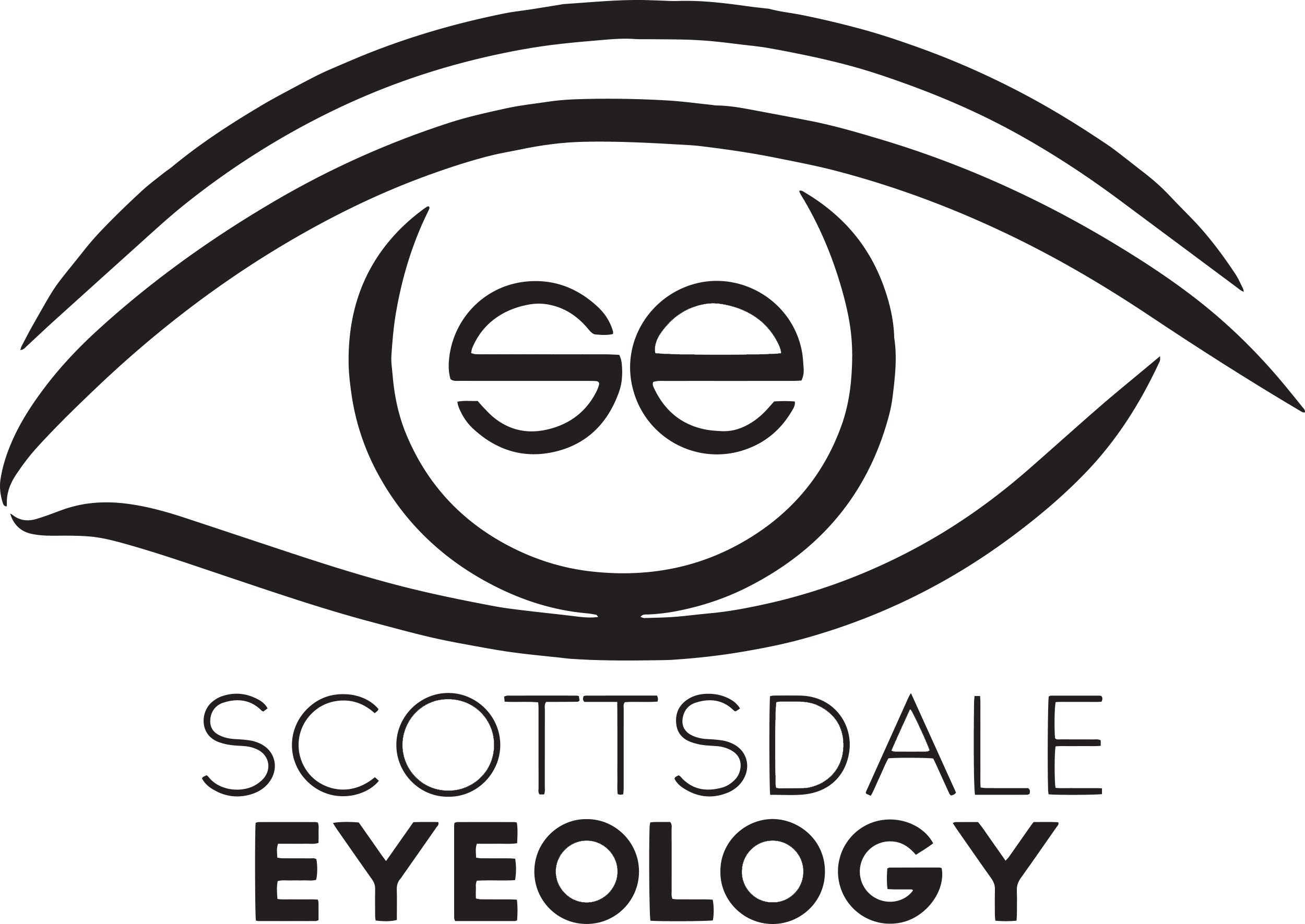Cataracts are a common eye condition that affects millions of people worldwide. As we age, our eyes change, and cataracts become more prevalent. Understanding the causes, symptoms, and treatment options for cataracts is crucial for early detection and proper management. This informative blog will delve into the key aspects of cataracts, empowering you with essential knowledge to protect your vision and overall eye health.
What Are Cataracts?
Cataracts refer to the clouding of the eye’s natural lens, which focuses light onto the retina. This clouding occurs gradually and can lead to blurred or hazy vision. Cataracts may also cause increased sensitivity to glare, reduced night vision, and difficulty distinguishing colors. While aging is the most common cause of cataracts, other factors such as genetics, diabetes, smoking, and prolonged sun exposure can also contribute to their development.
Age-Related Cataracts
Age-related cataracts are the most prevalent form and tend to develop slowly over the years. As we age, the proteins in the eye’s lens may clump together, gradually forming cloudy areas that obstruct clear vision. Individuals over the age of 60 need to have regular eye exams, as cataracts are often asymptomatic in their early stages, making early detection crucial for timely intervention.
Symptoms Of Cataracts
The symptoms of cataracts can vary depending on their size and location within the eye. Common signs include blurred or double vision, difficulty seeing in low light conditions, frequent changes in eyeglass prescriptions, and the appearance of halos around lights. Colors may also appear faded or yellowish due to the clouding of the lens. If you experience any of these symptoms, you must schedule an eye examination promptly.
Diagnosing Cataracts
Eye care professionals can diagnose cataracts through a comprehensive eye examination. They will assess your vision, dilate your pupils to examine the lens and retina, and conduct tests to measure your visual acuity and clarity. Early diagnosis allows for appropriate treatment and can prevent cataracts from significantly affecting your vision and daily activities.
Treatment Options
In the early stages, cataracts may be managed with changes in eyeglass prescriptions and improved lighting conditions. However, surgical intervention is often recommended as cataracts progress and begin to interfere with daily life. Cataract surgery is a safe and common procedure where the cloudy lens is removed and replaced with an artificial intraocular lens (IOL). This surgery is typically performed on an outpatient basis and has a high success rate in restoring clear vision.
Preventive Measures
While cataracts are a natural part of aging, some preventive measures can help reduce their development and progression. Protecting your eyes from harmful ultraviolet (UV) rays with sunglasses and wide-brimmed hats, quitting smoking, and maintaining a healthy diet rich in antioxidants can all contribute to better eye health. Regular eye check-ups, especially for individuals over 40, can aid in early detection and timely treatment of cataracts.
The Bottom Line
Understanding cataracts and their causes, symptoms, and treatment options is vital for maintaining good eye health and preserving clear vision. As we age, we must be proactive about our eye care and schedule regular eye examinations to detect and address eye conditions promptly. With advancements in medical technology, cataract surgery has become a safe and effective solution for restoring clear vision and improving the quality of life for those affected by cataracts. By staying informed and taking preventive measures, we can enjoy a clear and vibrant vision well into our golden years.


